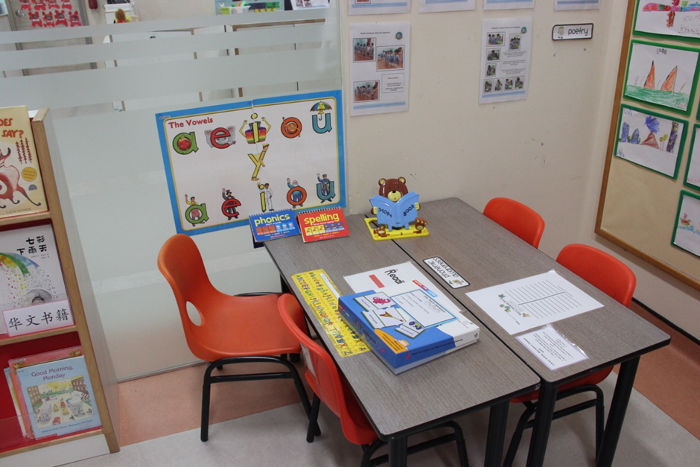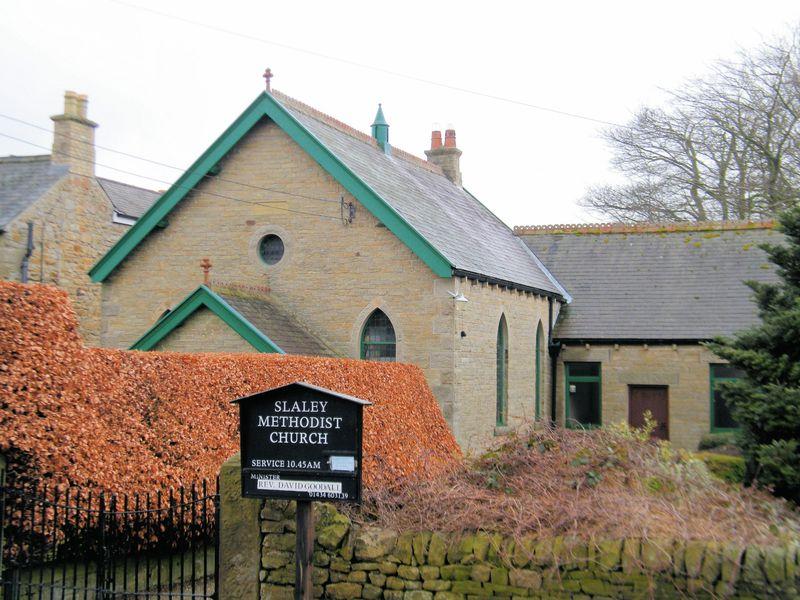

It includes three types of adult literacy: prose (e.g., a newspaper article), documents (e.g., a bus schedule), and quantitative literacy (e.g., using arithmetic operations a in product advertisement). "the ability to use printed and written information to function in society, to achieve one's goals, and to develop one's knowledge and potential".communicate using visual, audible, and digital materials" "having the skills to be able to read, write and speak to understand and create meaning"."the ability to read, write, speak and listen".using printed and written materials associated with varying contexts" in all media (print or electronic), including digital literacy" Īnd, since the 1990s some organizations have defined literacy in a wide variety of ways that may go beyond the traditional ability to read and write.

Reading is an essential part of literacy, yet from a historical perspective literacy is about having the ability to both read and write.

Children become better readers when they know more about the world in general, and when they perceive reading as fun rather than another chore to be performed. Americans read more if they: have more education, read fluently and easily, are female, live in cities, and have higher socioeconomic status. About 5% read more than 50 books per year. In the US, about half of all adults read one or more books for pleasure each year. Īs a leisure activity, children and adults read because it is pleasant and interesting. Major predictors of an individual's ability to read both alphabetic and non-alphabetic scripts are oral language skills, phonological awareness, rapid automatized naming and verbal IQ. Before the reintroduction of separated text (spaces between words) in the late Middle Ages, the ability to read silently was considered rather remarkable. Reading is typically an individual activity, done silently, although on occasion a person reads out loud for other listeners or reads aloud for one's own use, for better comprehension. Volunteer reads to a girl at the Casa Hogar de las Niñas in Mexico City

5.1.1.6 Embedded phonics with mini-lessons.5.1.1.1 Combining phonics with other literacy instruction.4.9 Teacher training in science of reading.4.6 Dual-route hypothesis to reading aloud.4.5 Eye movement and silent reading rate.3.4 Fluent, comprehending reader: 9 to 15 years old.3.1 Emerging pre-reader: 6 months to 6 years old.2.2 Reading to children: necessary but not sufficient.2.1 Spoken language: the foundation of reading.For other uses, see Reading (disambiguation). For the article on literacy, see Literacy. For the town in England, see Reading, Berkshire.


 0 kommentar(er)
0 kommentar(er)
